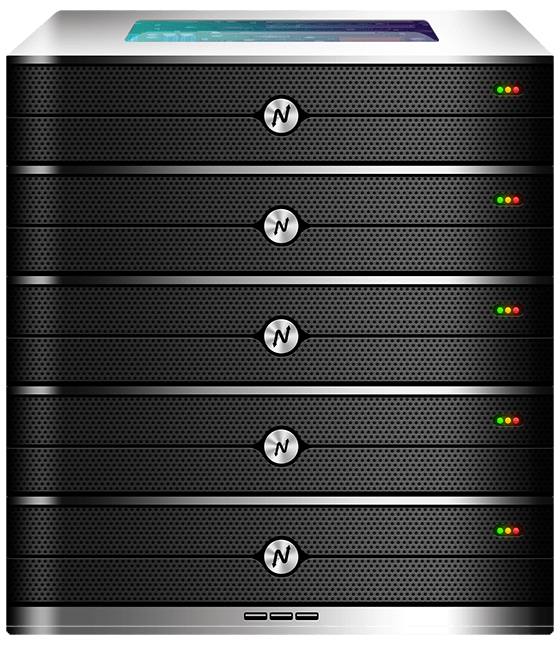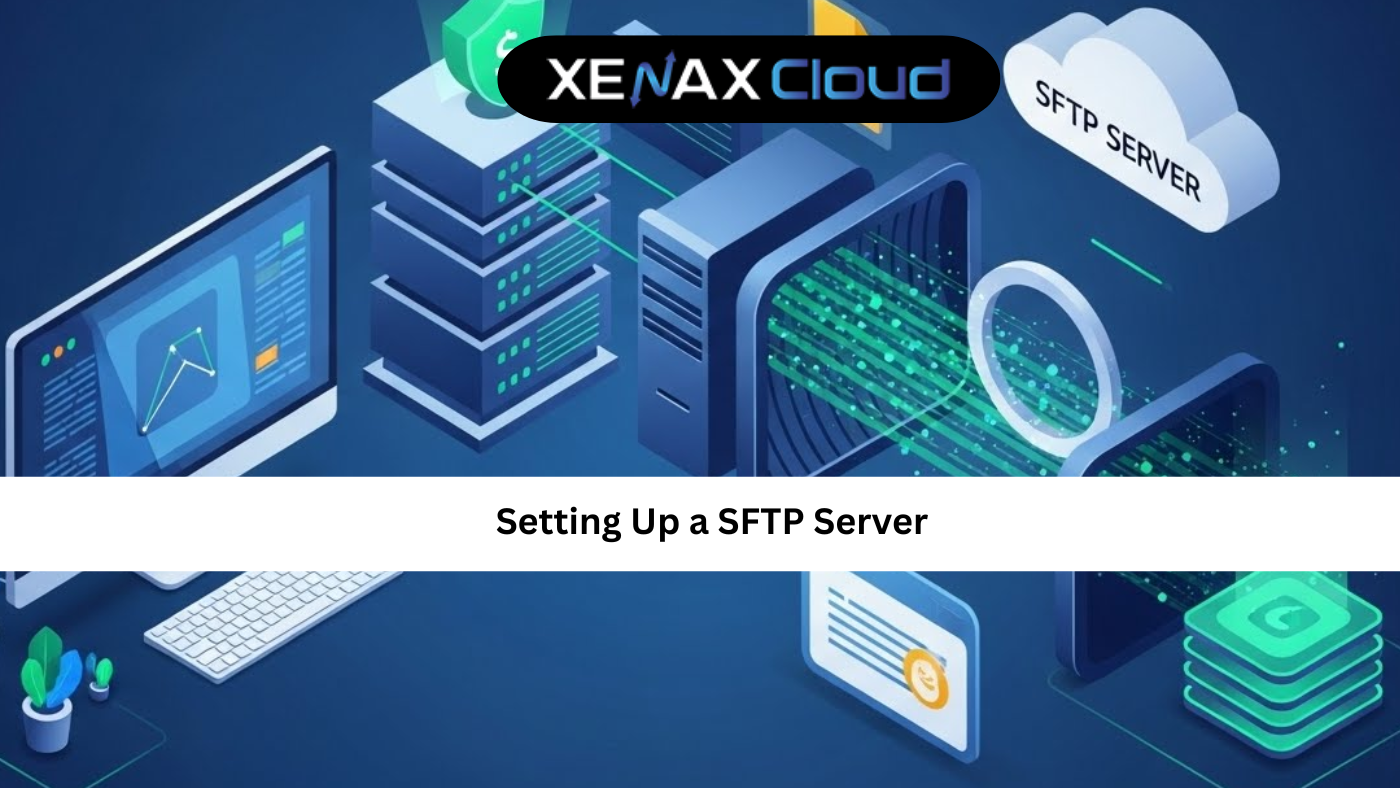Managing users on a Linux server is a critical task for administrators, developers, and businesses hosting applications. Knowing how to find users in Linux ensures secure access control and efficient server management. XenaxCloud, with its India-based data center, offers robust Linux VPS hosting through its VPS plans, alongside Shared Hosting, Indian RDP, Dedicated Servers, Domains, and Reseller Hosting. This comprehensive guide covers how to find users in Linux, commands like linux list users, and why XenaxCloud’s VPS hosting is the best choice for Indian businesses seeking Indian server hosting.
Why Manage Users in Linux?
Linux servers, commonly used for web hosting, require user management to:
- Control Access: Assign permissions to users for security.
- Monitor Activity: Track user actions to prevent unauthorized access.
- Optimize Resources: Allocate server resources efficiently.
- Ensure Compliance: Meet data protection standards, especially with Indian server hosting.
XenaxCloud’s VPS provides root access, making it ideal for Linux user management.
How to Find Users in Linux: Step-by-Step Guide
Follow these steps to master how to find users in Linux using XenaxCloud’s VPS.
Step 1: Choose XenaxCloud’s VPS Hosting
XenaxCloud’s VPS is perfect for Linux administration:
- Starter VPS: ₹1000/month, 2 GB RAM, 50 GB SSD, root access.
- Pro VPS: ₹3000/month, 4 GB RAM, 100 GB SSD, ideal for growing apps.
- Enterprise VPS: ₹5000/month, 8 GB RAM, 200 GB SSD, for high-traffic sites.
Select a plan based on your server needs and user management requirements.
Step 2: Set Up Your VPS
- Choose an OS: Select a Linux distribution (e.g., Ubuntu, CentOS) for your VPS.
- Access Server:
- Use Indian RDP for secure GUI access.
- Alternatively, connect via SSH:
ssh user@your-vps-ip
- Update System:
sudo apt update && sudo apt upgrade -y # For Ubuntu/Debian sudo yum update -y # For CentOS
Step 3: Find Users in Linux
Here are common commands to find users in Linux or execute linux list users:
- List All Users:
- Using
/etc/passwd:cat /etc/passwd- Displays all user accounts, including system and human users.
- Format:
username:x:UID:GID:comment:home_directory:shell
- Using
getent:getent passwd- Retrieves user information from the system database, including LDAP or NIS users.
- Using
- List Human Users:
cut -d: -f1 /etc/passwd- Shows only usernames, filtering out system accounts.
- List Users with Login Shells:
grep -E '/bin/.*sh' /etc/passwd- Displays users with interactive shells (e.g.,
/bin/bash).
- Displays users with interactive shells (e.g.,
- Check Currently Logged-In Users:
who- Shows active user sessions, including login time and terminal.
- List Users with
usersCommand:users- Displays currently logged-in users (simpler output than
who).
- Displays currently logged-in users (simpler output than
- List Group Membership:
groups username- Shows groups a specific user belongs to.
Step 4: Manage Users for Security
- Add a User:
sudo adduser newuser- Creates a new user with a home directory and prompts for a password.
- Delete a User:
sudo deluser --remove-home username- Removes the user and their home directory.
- Modify User Permissions:
sudo usermod -aG groupname username- Adds a user to a group for specific permissions.
- Secure Access:
- Use SSH keys instead of passwords:
ssh-keygen -t rsa ssh-copy-id user@your-vps-ip - Disable root login in
/etc/ssh/sshd_config:sudo nano /etc/ssh/sshd_config # Set: PermitRootLogin no sudo systemctl restart sshd
- Use SSH keys instead of passwords:
Step 5: Register a Domain
- Choose a Domain: Opt for a .in domain via Domains (₹500–₹2000/year) for local SEO.
- Configure DNS: Point to XenaxCloud’s name servers or VPS IP.
- Test Access: Ensure your domain resolves to your VPS.
Step 6: Deploy Applications on VPS
- Install Web Server:
- For Apache:
sudo apt install apache2 -y sudo systemctl enable apache2 - For Nginx:
sudo apt install nginx -y sudo systemctl enable nginx
- For Apache:
- Host a Website:
- Upload files to
/var/www/htmlusing Indian RDP or SFTP. - Configure virtual hosts for multiple domains.
- Upload files to
- Install Application Frameworks:
- Example for Node.js:
curl -o- https://raw.githubusercontent.com/nvm-sh/nvm/v0.39.7/install.sh | bash nvm install node - Example for Python:
sudo apt install python3 python3-pip -y
- Example for Node.js:
Step 7: Enable SSL for Security
- Install Certbot:
sudo apt install certbot python3-certbot-nginx -y - Obtain SSL Certificate:
sudo certbot --nginx -d yourdomain.com -d www.yourdomain.com - Use XenaxCloud’s Free SSL:
- Available with VPS via cPanel or Plesk.
- Install via control panel for quick setup.
- Verify HTTPS:
- Visit
https://yourdomain.comto confirm secure access.
- Visit
Step 8: Monitor and Secure Your VPS
- Monitor Users:
- Regularly check linux list users with
whoorgetent passwd.
- Regularly check linux list users with
- Enable Firewall:
sudo ufw allow 22 sudo ufw allow 80 sudo ufw allow 443 sudo ufw enable - Set Up Backups:
- Configure automated backups via XenaxCloud’s control panel.
- Use Monitoring Tools:
- Install
htopfor resource monitoring:sudo apt install htop -y
- Install
Step 9: Scale as Needed
- Upgrade your VPS plan (e.g., from Starter to Pro) for more resources.
- Transition to Dedicated Servers for high-traffic applications.
- Offer hosting to clients via Reseller Hosting.
Why Choose XenaxCloud’s VPS for Linux User Management?
XenaxCloud’s VPS is ideal for how to find users in Linux and server management:
- Root Access: Full control to manage users and permissions.
- Scalable Resources: Adjust CPU, RAM, and SSD storage.
- India-Based Servers: Low latency for Indian users.
- Free SSL Certificates: Secures applications and websites.
- 99.5% Uptime: Reliable performance for Linux servers.
- 24/7 Support: Expert assistance in Hindi, English, and other Indian languages.
Comparison with Other Hosting Types
- Shared Hosting: Limited control, not ideal for user management.
- Dedicated Servers: High-performance but costly, suitable for large-scale apps.
- Reseller Hosting: For reselling hosting, not direct user management.
- Indian RDP: Enhances secure access for VPS management.
XenaxCloud’s VPS offers the perfect balance of control, affordability, and performance.
Benefits of XenaxCloud’s India-Based Hosting
XenaxCloud’s India-based data center enhances Linux VPS hosting:
- Low Latency: Fast performance for Indian users, improving UX and SEO.
- Data Compliance: Adheres to India’s data protection regulations.
- Local Support: 24/7 assistance in multiple Indian languages.
- Security: Free SSL and firewalls protect Linux servers.
- Cost-Effective: Affordable VPS plans starting at ₹1000/month.
Additional XenaxCloud Services for Linux Hosting
- Shared Hosting: Ideal for small Linux-based sites, starting at ₹100/month.
- Indian RDP: Securely manage Linux users and servers.
- Dedicated Servers: High-performance for large-scale Linux applications.
- Domains: Affordable .in domains for local branding and SEO.
- Reseller Hosting: Start a hosting business with Linux support.
Tips to Optimize Linux User Management on VPS
- Use SSH Keys: Enhance security over password-based logins.
- Limit User Access: Assign minimal permissions with
usermodand groups. - Monitor Activity: Regularly run linux list users commands to audit accounts.
- Automate Backups: Protect user data with XenaxCloud’s tools.
- Leverage VPS: Use XenaxCloud’s VPS for scalable resources.
Common Use Cases
- Developers: Manage Linux users for web app deployment on VPS.
- Businesses: Host secure e-commerce sites with controlled user access.
- IT Admins: Use Indian RDP for remote Linux server management.
- Hosting Providers: Offer Linux hosting via Reseller Hosting.

FAQs
- What does “how to find users in Linux” mean?
It involves using commands likecat /etc/passwdorgetent passwdto list users on a Linux server, supported by XenaxCloud’s VPS. - What is the linux list users command?
The linux list users command, such ascut -d: -f1 /etc/passwd, displays all usernames on a Linux system. - Why use XenaxCloud’s VPS for Linux user management?
XenaxCloud’s VPS offers root access, scalability, and an India-based data center for low latency and compliance. - How does Indian server hosting benefit Linux hosting?
Indian server hosting ensures fast performance, data compliance, and local support for Linux servers. - Can I manage Linux servers remotely with XenaxCloud?
Yes, use Indian RDP for secure Linux user management. - Is XenaxCloud’s VPS secure for Linux hosting?
Yes, it includes free SSL, firewalls, and DDoS protection for secure Linux servers.
Conclusion
Mastering how to find users in Linux is essential for secure and efficient server management. XenaxCloud’s VPS provides the perfect platform for linux list users and other administrative tasks, with root access, scalability, and Indian server hosting. Combined with Shared Hosting, Indian RDP, Dedicated Servers, Domains, and Reseller Hosting, XenaxCloud empowers Indian businesses with low-latency, compliant, and secure hosting. Start managing your Linux server with XenaxCloud’s VPS today at XenaxCloud.com!






